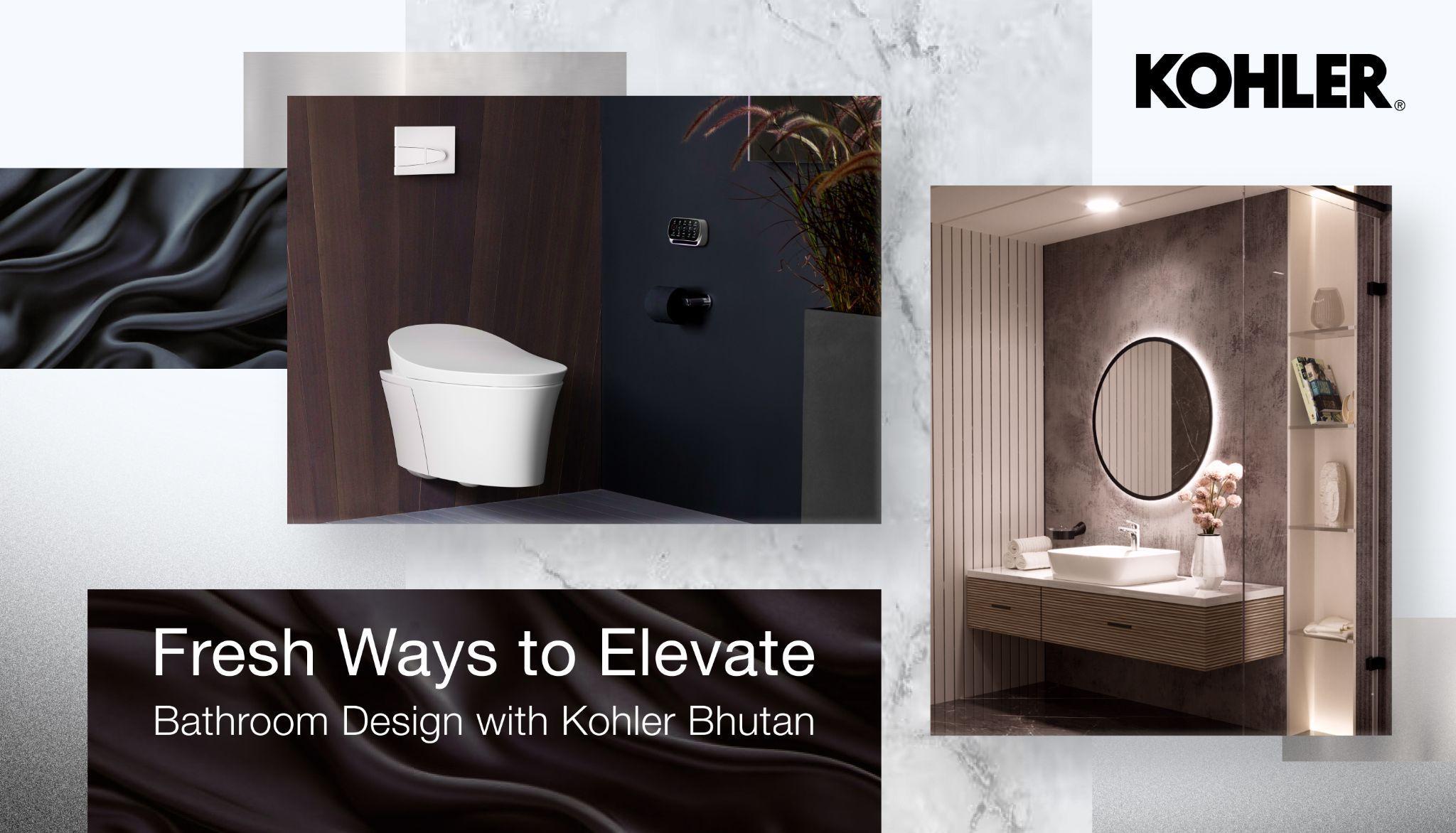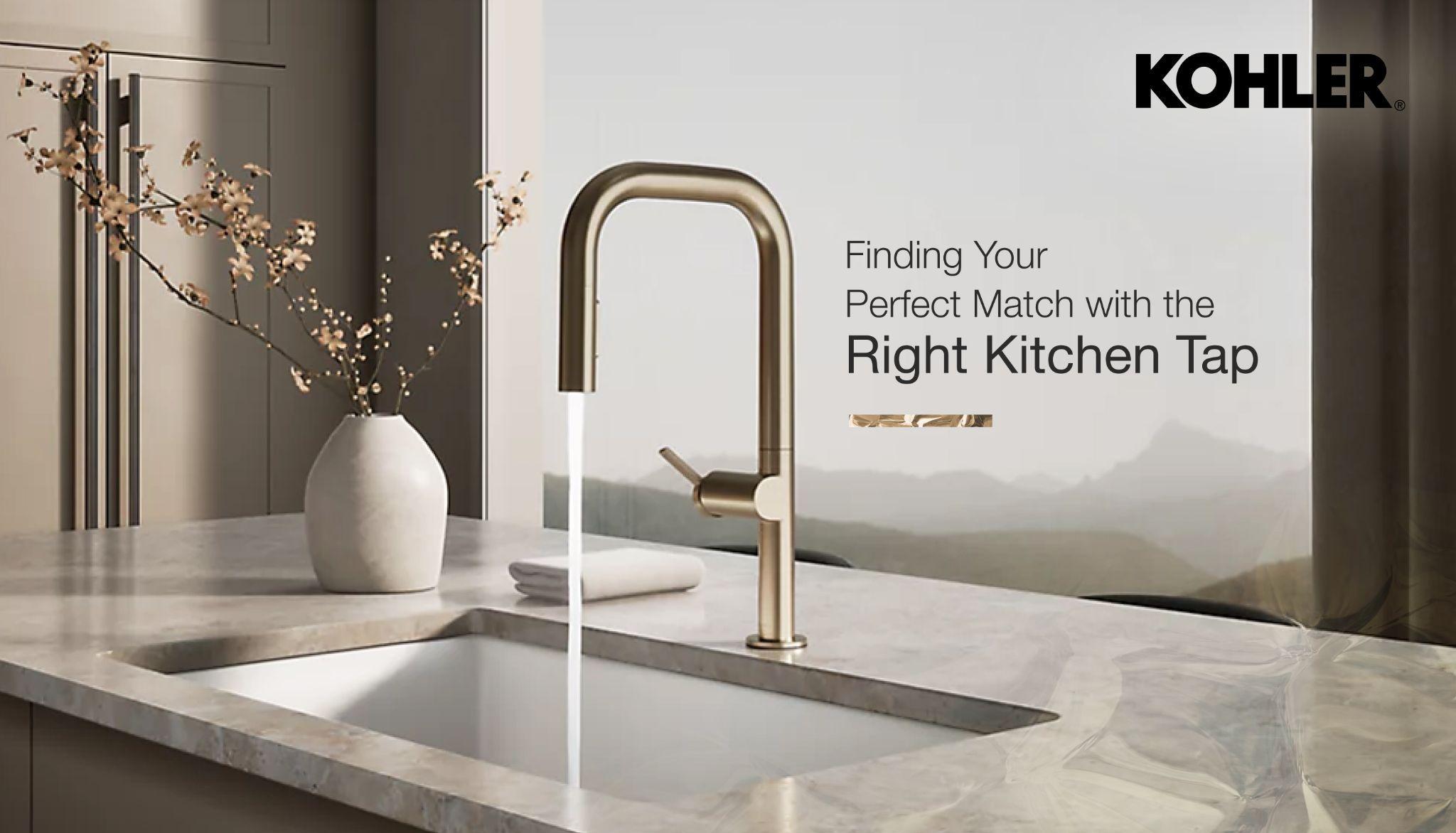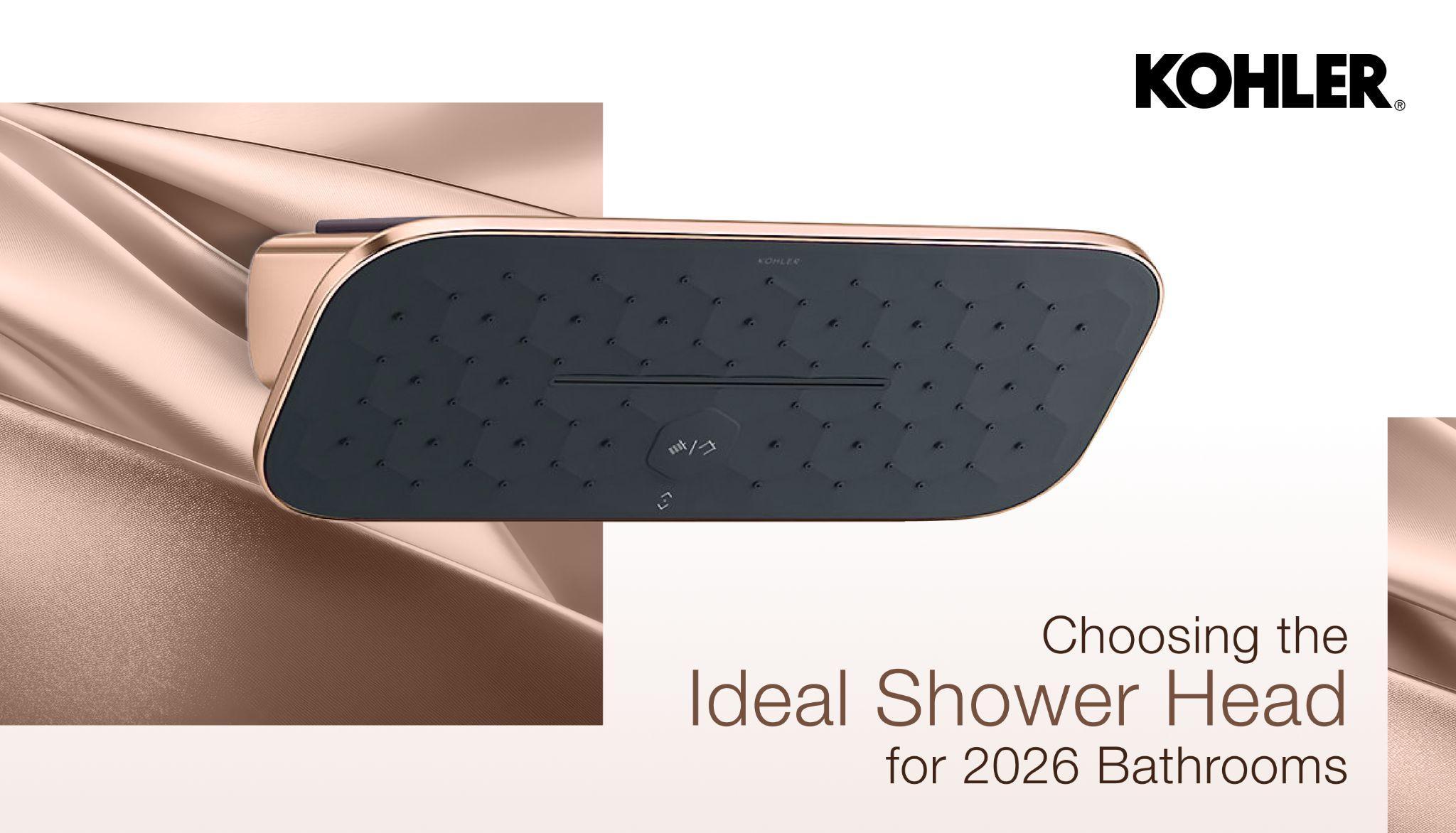Understanding the Role of Toilet Seat Design
The significance of a well-chosen toilet seat lies in its ability to harmonise advanced features with structural requirements and interior cohesion. More than a utilitarian afterthought, it acts as a bridge between user comfort, spatial logic, and the architectural vision of the space. Today’s selections surpass their functional roots, often showcasing sophisticated craftsmanship that aligns with modern demands.
Compatibility and Form
Toilet seat design reflects a convergence of engineering and aesthetics. Parameters such as bowl shape, fixing method, and spatial proportion influence the selection. As a structural extension of the toilet, it ensures seamless integration, influencing hygiene, usability, and the overall composition of the bathroom setting.
Western Commode Designs and Fitment
Compatibility remains foundational. Western commode designs dominate contemporary residential and commercial bathrooms, and they vary widely in terms of dimensions and structural formats. Oval, elongated, round-front, and square models must be matched accurately with their respective seats. Ill-fitted combinations disrupt both function and appearance, creating a discordant user experience.
Innovations in Modern Toilet Seat Design
Within the evolving realm of modern toilet seat design, intelligent integration of form and technology is evident. Innovations such as heated seating, automated lifting mechanisms, built-in bidet functions, and soft-close lids exemplify the confluence of luxury and utility. Among these, Kohler intelligent toilets serve as benchmarks in redefining expectations. These models not only offer ergonomic efficiency but also embody the aesthetic precision demanded by contemporary users.
Material Selection and Application
The functional success of a seat is inherently linked to what it’s made of. Thermoset plastic delivers solid resistance and a smooth, polished finish. Compressed wood blends warmth and density, suitable for interior themes seeking organic detail. Polypropylene, though cost-effective, holds its own against frequent use and harsh cleaners. Each selection reinforces the seat’s ability to sustain its role while responding to the room’s aesthetic demands.
Design Continuity in Bathroom Layouts
Seat profiles and finishes are best chosen in tandem with the surrounding decor. Minimalist themes benefit from subdued lines and neutral tones, offering visual relief and continuity. Ornamental or classical bathrooms may require bolder outlines or vintage finishes. Success in execution often lies in restraint. In making the seat disappear into the setting rather than call attention to itself. Achieving this equilibrium defines the best toilet seat design.
Modern Toilet Design Trends
Shifts in toilet architecture, such as wall-mounted and rimless structures, require complementary seating choices. These changes favour hygienic precision, unobtrusive fittings, and refined detailing. Bathroom seat design decisions now focus on integrated systems that clean easily, consume less space, and adapt to frequent use. Modern toilet design no longer isolates the seat but places it within a broader system of cleanliness and refinement.
Comfort Engineering and Structural Tuning
A well-formed commode seat accommodates both anatomy and daily rhythm. Seat curvature, surface temperature, and stable fixing systems are central to user comfort. High-traffic environments, including households with frequent guests or institutions, benefit from seats built to handle pressure cycles, friction, and weight shifts without fatigue. Every curve and edge is calibrated for prolonged comfort and visual harmony.
Smart Systems and Adaptive Hygiene
Progressive commode seat design meets enhanced cleanliness in today’s integrated seats. The Kohler bidet seat illustrates a shift towards systems that offer custom control of water streams, angles, and temperature, ensuring a superior hygienic experience. These improvements move beyond gadgetry and into daily ritual, transforming routine into personalised care. As connected bathrooms evolve, such features become foundational rather than optional.
Enhancing Utility with Accessories
To enhance user experience further, the inclusion of compatible accessories becomes crucial. Kohler toilet accessories offer comprehensive solutions, from nightlights to deodorising systems, each designed to augment the toilet’s performance and user satisfaction. These components are not afterthoughts but integral to a cohesive and functional bathroom environment.
Space Efficiency and Seamless Integration
Space efficiency is another dimension of intelligent bathroom planning. Kohler 1PC toilets, with their seamless design and reduced footprint, facilitate a more compact and streamlined aesthetic. Their integration with tailored seats ensures that style and utility remain balanced. These models exemplify the architectural simplicity that defines many upscale interiors, where clutter-free lines and continuity of form are essential.
Regional Sensibility and Design Adaptation
Regional preferences and design sensibilities also play a part in selection. Kohler Bhutan showcases an approach tailored to local tastes, infrastructure, and climate considerations. The seat options offered within this range accommodate both modern aspirations and practical realities, proving that global design principles can coexist with regional nuance.
Unified Aesthetics in Kohler Bathroom Design
Visual cohesion must extend beyond the individual fixture. A unified Kohler bathroom design scheme exemplifies this philosophy, where every component from basin to shower coordinates in material, colour, and line. The toilet seat, though modest in scale, plays a crucial role in maintaining this continuity. It must reflect the sophistication and clarity evident across the entire setting.
A Considered Choice for Contemporary Living
Material innovation, ergonomic refinement, and technological expansion continue to shape the future of bathroom fixtures. The process of choosing a toilet seat now engages with themes far beyond utility. It addresses spatial harmony, environmental consciousness, and evolving lifestyle expectations. As bathrooms become sanctuaries of well-being, every element, down to the seat, must contribute to a serene and effective environment.
Where Form Meets Function
In a world where the subtleties of design matter as much as bold statements, the toilet seat emerges as a small yet powerful feature. When thoughtfully selected, it transcends its utilitarian origins to become an emblem of considered living. Whether responding to architectural geometry, embracing new technologies, or articulating personal style, this fixture stands at the intersection of design intelligence and everyday necessity.
To select well is to understand context, anticipate usage, and respect the unity of form and function. The journey to the ideal toilet seat is thus not a trivial task but a deliberate choice in crafting spaces that respect both beauty and performance.
FAQ
What factors influence an appropriate toilet seat design?
Multiple aspects play a role: the contour of the bowl, the construction material of the seat, the visual synergy with bathroom fittings, hygienic additions like bidet functions, and the broader spatial context in which the seat is placed.
What method ensures a proper seat-to-bowl fit?
The distance between the rear fixing points and the front rim should be accurately measured. Matching these dimensions to available seat formats – typically round or elongated – ensures secure and balanced installation.
Do environmentally responsible options exist?
There are models developed with recycled polymers or responsibly sourced wood. Additionally, compatibility with water-efficient systems enhances their environmental contribution.
Is it sensible to invest in soft-close features?
Soft-close mechanisms reduce impact noise and wear. They extend the product’s operational lifespan while contributing to a quieter, more refined environment. Their value lies in both durability and user experience.




